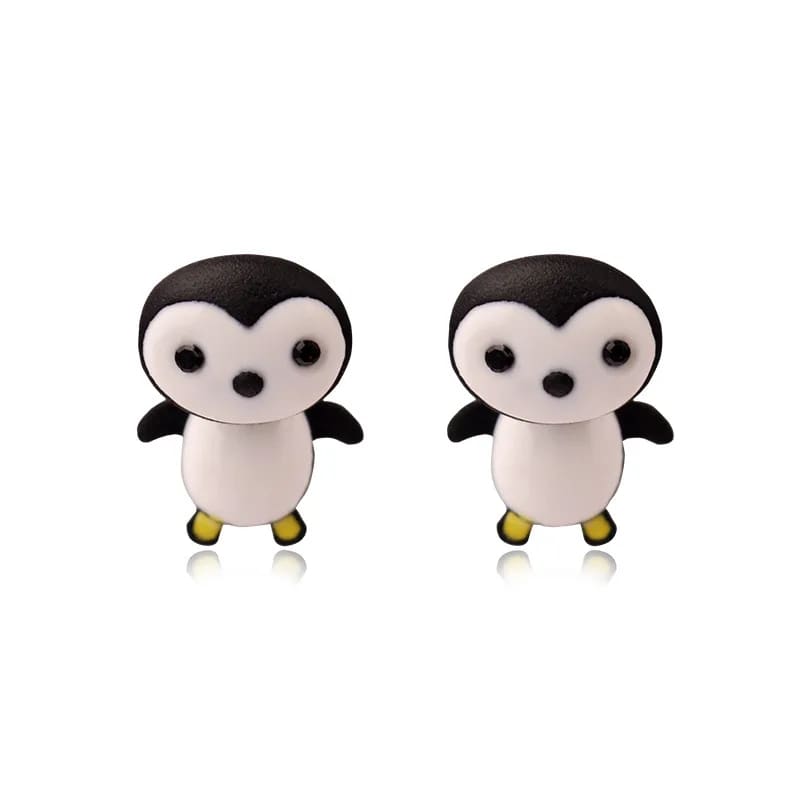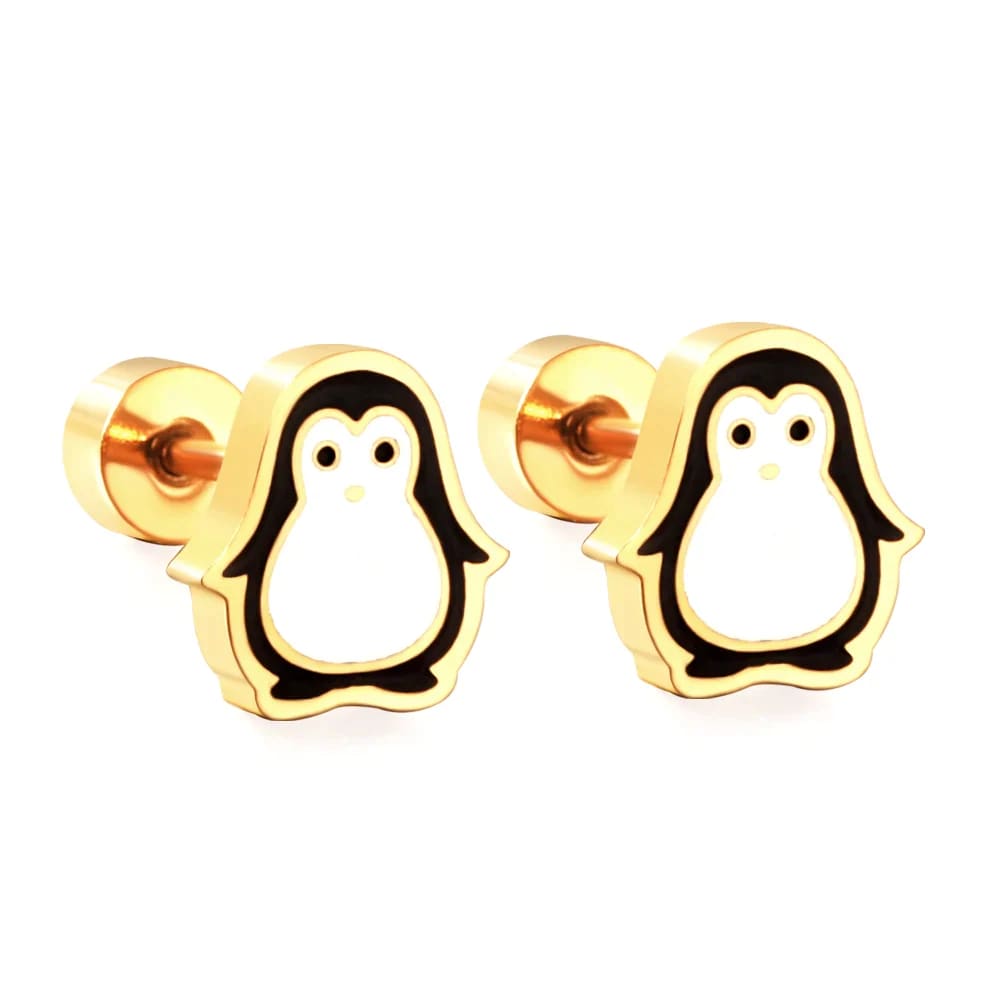How do Penguins Sleep?
How do Penguins Sleep?
Penguin Sleeping Positions
Penguins are known for their amusing sleeping positions, which often defy gravity and logic. One common position is the "torpor" position, where penguins tuck their heads under their wings and huddle together to conserve heat. Another position is the "sternal" position, where penguins rest on their bellies with their flippers tucked against their bodies. These unique sleeping positions not only help penguins survive in harsh conditions, but also provide them with a good night's sleep.
When penguins sleep, their brain activity slows down, but they remain semi-aware of their surroundings. This helps them stay alert to potential predators and ensures they can quickly respond to any threats. It's fascinating to observe how penguins adapt their sleeping positions to maximize comfort and safety in their icy habitats.
Penguin Sleeping Patterns
Penguins have an interesting sleeping pattern, which involves short bursts of sleep known as "catnaps." During these catnaps, penguins can sleep for just a few minutes at a time, often while standing up or floating in the water. These short naps allow penguins to still be attentive to their surroundings and avoid becoming an easy target for predators.
At night, when penguins return to their colonies after foraging for food, they usually find a cozy spot among the crowd to rest. While some penguins may sleep alone, others prefer to sleep in groups to share body warmth and protection. This social sleep behavior is particularly important during the breeding season when penguins need to care for their eggs or chicks.
Interestingly, penguins have the ability to sleep with one eye open. This adaptation enables them to keep one eye on their surroundings while still resting the other. It's a survival mechanism that allows them to quickly react to potential threats, even while asleep.
Penguin Sleep Adaptations
Living in extreme environments, penguins have evolved unique adaptations to sleep comfortably and safely. One of these adaptations is their ability to sleep while standing. When penguins sleep on land, they often balance on one foot while tucking the other foot against their body to conserve heat. This also helps them avoid losing body heat through their feet.
Underwater, penguins have a different way of sleeping. They enter a state similar to sleep called "logging." During logging, penguins float motionless on the water's surface, with their heads resting on their chests and their flippers tucked close to their bodies. This allows them to rest while conserving energy in the water.
Despite the challenges of their icy habitats, penguins have adapted remarkable strategies to get a good night's sleep. Their ability to sleep in various positions and environments is a testament to their resilience and unique characteristics.
Penguin Sleep Cycles
While penguins don't experience REM (Rapid Eye Movement) sleep like humans, they do go through different sleep stages. These stages include slow-wave sleep and short periods of wakefulness. During slow-wave sleep, a penguin's brain activity slows down, and they experience deep, restorative sleep.
Penguins also have internal clocks, known as circadian rhythms, which regulate their sleep-wake cycles. These internal clocks help penguins synchronize their sleep patterns with environmental cues, such as daylight and temperature changes. By following these natural cues, penguins can ensure they get enough sleep to maintain their overall health and well-being.
Penguin Breeding Season Sleep
During the breeding season, penguins face unique sleep challenges. For example, male penguins have to balance their sleep needs with their responsibilities of guarding the eggs or caring for their chicks. To ensure they get sufficient rest, male penguins often take turns with their partners, allowing each other to sleep while the other keeps watch.
Female penguins also have to find a balance between sleep and ensuring the survival of their offspring. They may sleep in shorter intervals to remain attentive to their chicks' needs or perform their parental duties. It's a challenging time for penguins, but their dedication to their young ensures the continuation of their species.
The breeding season requires penguins to adapt their sleep patterns to meet the demands of their growing families. It's a time of sacrifice and dedication, all in the name of raising the next generation of resilient penguins.
Penguin Sleep and Predators
Penguins' unique sleep adaptations also serve as a defense mechanism against predators. By sleeping in large groups, penguins create an illusion of safety in numbers, making it harder for predators to single out individuals. Additionally, their ability to sleep with one eye open and remain semi-aware of their surroundings ensures they can react swiftly to any signs of danger.
Penguins also take turns being on guard duty while others sleep, ensuring the safety of the entire colony. This cooperative behavior not only protects individual penguins but also strengthens the overall resilience of the group.
Surviving in the harsh Antarctic environment requires penguins to be constantly vigilant, even during their sleep. Their ability to adapt and protect themselves from potential threats is truly remarkable.
Penguin Sleep and Conservation
Studying penguin sleep patterns and behaviors is not only fascinating but also crucial for their conservation. Understanding their unique adaptation to sleep in extreme conditions helps researchers identify potential threats and develop strategies to protect penguin populations.
Climate change, pollution, and human disturbance can disrupt penguin sleep patterns and impact their overall well-being. By studying their sleeping habits, scientists can better assess the health of penguin colonies and implement necessary conservation measures.
Penguin Sleeping Experiments
Researchers conduct various experiments to gain insight into penguin sleep. They use specialized equipment, such as activity monitors and video cameras, to observe penguins' sleeping behaviors without disturbing them. These experiments provide valuable data on sleep duration, sleeping positions, and the impact of external factors on penguin sleep patterns.
By studying how penguins sleep in their natural habitats, scientists can make informed recommendations for conservation efforts and habitat protection. Their findings contribute to the ongoing efforts to preserve these beloved creatures for generations to come.
As we continue to explore the fascinating world of penguin sleep, we uncover more insights into their remarkable lives and the challenges they face in their icy homes. By understanding and protecting their sleep habits, we can contribute to the conservation of these incredible creatures.
Penguin Sleep and Human Inspiration
Penguins' ability to adapt and survive in extreme environments serves as an inspiration to humans. Their resilience and cooperative behaviors in the face of adversity can teach us valuable lessons about teamwork, adaptability, and the importance of caring for our communities.
Penguins' incredible sleeping adaptations and strategies remind us of the importance of quality sleep for our own well-being. Just like penguins, we can benefit from finding the right sleeping positions, creating a conducive sleep environment, and establishing consistent sleep routines.
As we strive to balance our own sleep needs with the demands of our daily lives, we can draw inspiration from the remarkable sleeping habits of penguins. By prioritizing sleep and adopting healthy sleep practices, we can enhance our overall health and awaken our inner resilience, just like these fascinating creatures.
In conclusion, penguins have developed unique strategies to sleep comfortably and safely in their icy habitats. From their amusing sleeping positions to their ability to sleep in various environments, penguins continue to fascinate scientists and enthusiasts alike. Their adaptations to sleep while standing, floating in the water, or with one eye open demonstrate their exceptional abilities to survive in harsh conditions. By studying their sleep patterns, researchers gain insights into their well-being and can implement conservation measures to protect these incredible creatures. Penguins not only inspire us with their resilience but also remind us of the importance of quality sleep for our own health. Let us continue to celebrate the intriguing world of penguin sleep and work towards ensuring their long-term survival in a changing world.



























